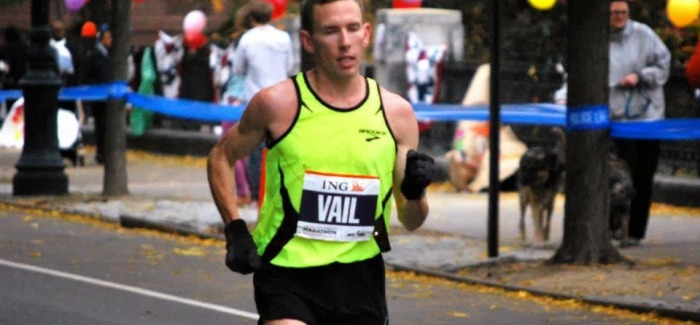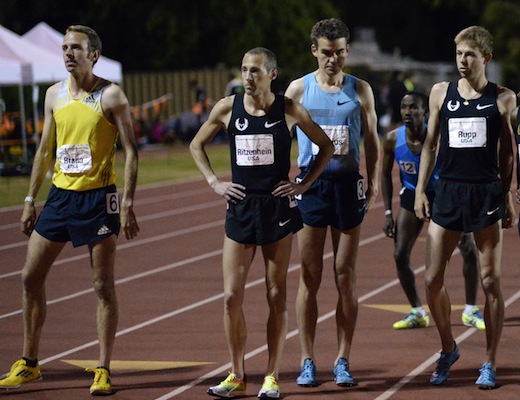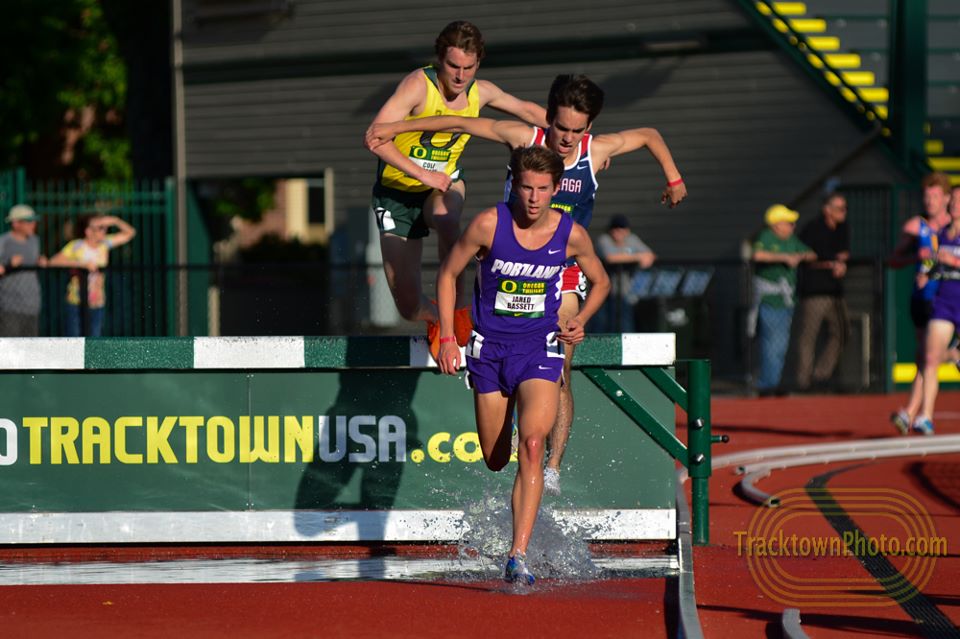The Law of the Marathon: Ryan Vail and Nick Arciniaga tackle NYC and beyond
Daily Relay | On 31, Oct 2014
It all started in Eden. Not in the garden, but the bay. Twofold Bay in Australia, to be precise. Back in the 19th and early 20th century, the small town of Eden was home to groups of whalers who hunted baleen whales right off the coast.
The major problem with humans and ecosystems, well, one of the major problems, is inter-species conflict. In the same area, there was this group of orcas, better known as killer whales, who also hunted the poor baleens. Predation, as it is on occasion, was now a competition. The two groups — whalers and the killer whales — could have simply fought one another for their shared prey. But they didn’t compete. Something incredible happened.
New York is home to another intriguing ecosystem. Brooks’ Ryan Vail and Under Armor’s Nick Arciniaga will be running the upcoming New York City Marathon.
Vail, 28 years old, is seasoned, but not quite a veteran in the marathon world. His last marathon was in London, where he dropped his personal best by nearly a minute to run 2:10:57. Last year in New York, he was the top American, finishing 13th in 2:13:23. He’s run four marathons in total.
“For me, this race, is all about competing and not worrying about the times as much,” Vail says in a phone interview from his Portland, Oregon home. “If I was running London or Berlin, with my fitness right now, I’d be shooting for the 2:09 range. But with this course, it’s all about competing.”
Arciniaga, three years Vail’s elder, is experienced but still reaching new plateaus. He’s run 14 marathons, four of which have been in the 2:11 range. His personal best is from Houston 2011, where he ran 2:11:30. But his 2:11:47 seventh place finish at Boston 2014 shows that he’s ready to join Vail in the 2:10 club, or perhaps, a bit faster.
“I’ve been feeling great,” Arciniaga said via phone from Flagstaff, Arizona. “Training has been as good as I’ve had before a marathon. Finishing top five is the main goal for New York.”
For Vail and Arciniaga, a strong showing in New York should be enough to incite murmurings of a 2016 Olympic Marathon berth. With question marks surrounding all the members of the London 2012 Marathon team, a spot in Brazil could be up for grabs.
The two are remarkably similar in many aspects. Their training styles are almost indistinguishable. They’re in the same echelon of American marathoning. They’re aiming for the same goals.
The major problem with running, well, one of the many problems, is that there are limited resources. That is to say, there are only three spots on each World Championship or Olympic marathon team. The athletes may be tough to separate, but the distillery process that one has to go through to obtain a Team USA singlet is unbelievably refined. You would think that it would a hotbed for competition.
But not for these two. They’ve actually helped one another in their buildups towards this Sunday’s race.
Altitude had been on Vail’s mind for a while, but he had never pulled the trigger. He’d actually never done it. There had just been too much going on. But a flexible schedule, plus a desire to test it out before the Olympic Trials, pushed him towards higher ground.
So when Vail did his first stint at altitude, he chose Flagstaff. The decision wasn’t coincidental.
“We’ve been pretty good friends since we met a couple years ago,” Arciniaga says. “He sent me an email and I told him that I had a room for rent. We made it work.”
Along with an ultramarathoner, Vail took up residence in Arciniaga’s three bedroom condo. Located near the shore of Lake Mary, the condo is just a few steps from Flagstaff’s seemingly endless Urban Trail system.
For a novice to the thinner air, the few week stint in Flagstaff could have gone downhill with ease. It’s never an easy adjustment. But Vail was in an environment where he had some guidance on his runs. Having a new training partner, Arciniaga benefited too.
“We were both starting to build our base,” Arciniaga said. We were running about 140 to 150 miles per week. It was nice having someone who I could go on 18 mile runs with. Most of the other guys who I train with out here max out at 10 or 12 miles.”
Vail and Arciniaga were on the same page this summer and are on the same page ahead of New York. Neither marathoner is going to worry too much about time. They’re out there to compete. Just as they did at the beginning of the buildups, they plan to help each other along the initial stages of the race.
“I’m sure we’re both thinking that we should help each other out as much as we can the first 18 to 20 something miles, then after that, it’s no holds barred,” Arciniaga says. “We’re no longer friends the last 10K of the race.”
Back to Eden. Now orcas, being creatures of logic and reason, decided that this situation with the whalers wasn’t going to work. So at some point, an agreement was formed. The orcas stated to push and corner the baleens in the bay, where the whalers would do what they did best, and harpoon the baleens. But before the whalers took the baleens back to shore, the humans would cut up parts of the dead whale and feed the orcas. Since orcas seemed to like the baleen’s lip and tongue, the “Law of the Tongue” was soon established. Everyone won, except for the baleen whales, who, you know, died.
The premise is this: competitive rivals in the same territory don’t need to be rivals. If they share the same tactics and goals, then working together makes a lot more sense than competing against one another and running each other into the ground. But every rule has its exception.
“We both want to be in that top five, top ten range,” Vail says. “I think we both want to take an aggressive approach to it and help each other.
“Because the race isn’t going to start until the last 10 kilometers, and at that point, everything is out the door and you race each other. When you cross the line, you go back to being friends.”
The “Law of the Tongue” didn’t last forever. In 1930, the king of the orcas, Old Tom, passed away. The orcas soon left Twofold Bay, and with them, the agreement.
Vail and Arciniaga both want to represent their country in an international championship. They both want to be the top American in New York. To do that, they plan to work together until the real race begins. After that, it’s hunt or be hunted.
Mitch Kastoff is a freelance writer based in Portland, Oregon. Contrary to popular belief, he did not invent the high five. If you enjoyed these ramblings or have any comments, questions, or concerns, feel free to reach him on Twitter or by email.



















Comments